Same Day Shipping EMI & COD on most products
Trusted Partner Since 1969
GST B2B Billing  Help
Help  00919699976817
00919699976817
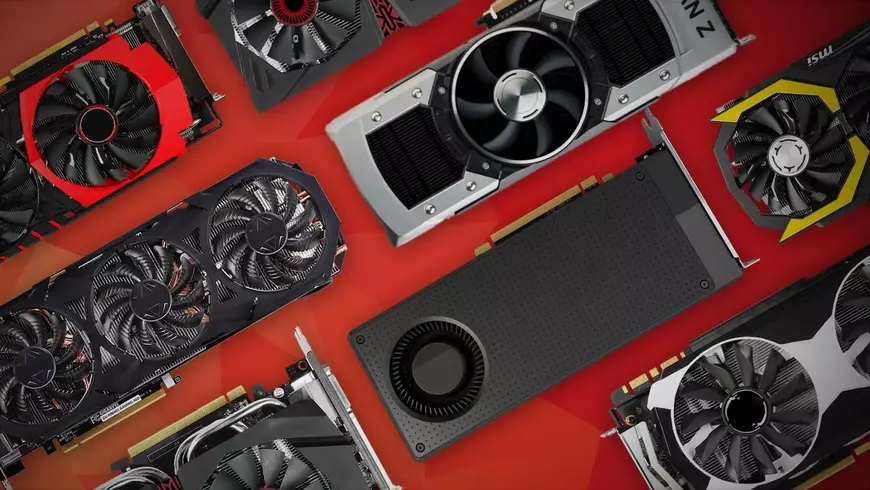
Showing all 12 results
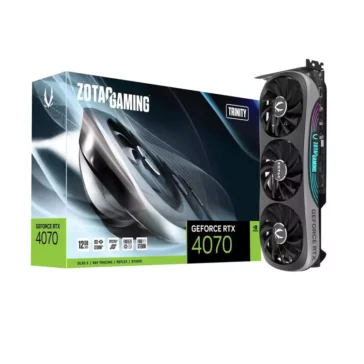
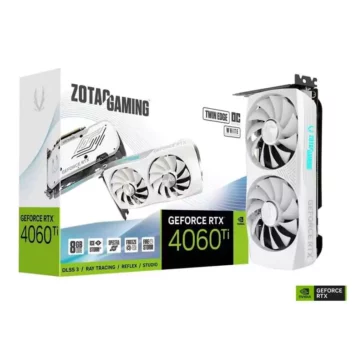
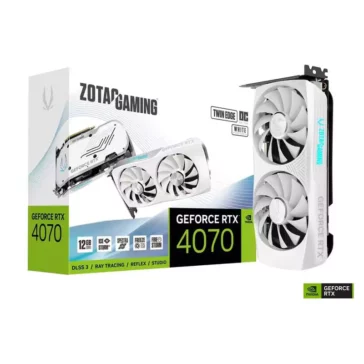
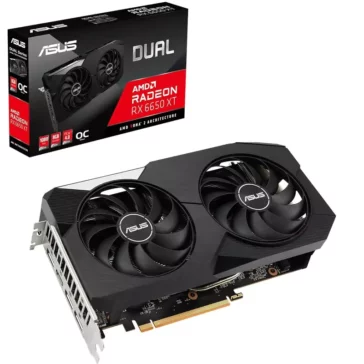
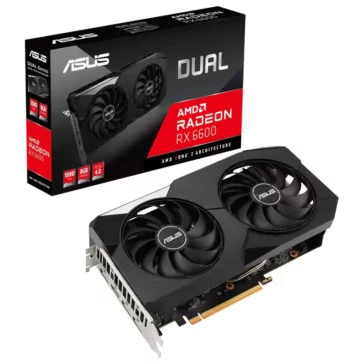







Introduction
Advanced Micro Devices (AMD) has been a cornerstone in the computing world for decades. With its cutting-edge technology, AMD has been pushing the boundaries of what’s possible in computing, graphics, and visualization technologies. In this comprehensive guide, we will delve into the latest updates and innovations from AMD in 2023, focusing on Radeon hardware, Fluid Motion Frames, and driver-level support for various GPUs.
Radeon Hardware: The New Frontier
AMD’s Radeon hardware has always been a subject of fascination among tech enthusiasts. The latest update in the Radeon series is particularly interesting as it introduces real-time monitoring metrics like System Lag. This feature is especially beneficial for Radeon RX 7000 GPU owners, allowing them to monitor system latency, a crucial aspect of frame generation technology like Fluid Motion Frames.
Fluid Motion Frames: A Game-Changer
One of the most exciting features in AMD’s arsenal is Fluid Motion Frames. This technology generates a frame between traditionally rendered frames to present a more fluid and performative image. However, this comes at the cost of increased latency. To mitigate this, AMD has introduced Anti-Lag+, a technology that keeps the overall latency down, ensuring smoother gameplay. The real-time monitoring of System Lag makes it easier for users to optimize settings for enabling Fluid Motion Frames.
Driver-Level Support: Expanding Horizons
AMD has extended its driver-level support for Fluid Motion Frames to Radeon RX 7000 and RX 6000 graphics cards. This move covers some of the most popular DirectX 11 and 12 titles, making AMD’s approach to frame generation more accessible. The company recommends a minimum pre-frame-generation framerate of at least 55 FPS in 1080p resolution and 70 FPS in 1440p or higher resolutions for optimal performance.
AMD and Windows: A Word of Caution
If you’re an AMD GPU owner, it’s crucial to be cautious with the latest Windows Updates. Some users have reported issues with AMD’s Adrenalin Control Panel post the KB5030310 update. Therefore, it’s advisable to stay updated with AMD forums for the latest information.
Conclusion
AMD continues to innovate, providing robust solutions for both casual users and hardcore gamers. With features like Fluid Motion Frames and real-time System Lag monitoring, AMD is setting new standards in the industry. As we look forward to more updates and features, one thing is clear: AMD is not just keeping up with the times; it’s setting the pace for what’s to come.
System Lag is a new real-time monitoring metric introduced in AMD’s latest Radeon hardware, specifically for RDNA 3 GPUs. It allows users to monitor system latency, which is an essential measurement tool for frame generation technologies like Fluid Motion Frames. High system latency can negatively impact the gaming experience, causing delays and lags. Therefore, keeping an eye on System Lag can help gamers optimize their settings for a smoother experience.
AMD’s Anti-Lag+ is designed to keep the overall latency down when using Fluid Motion Frames. It works by optimizing the settings to ensure that a game still feels great while looking smoother. Anti-Lag+ is crucial for maintaining low latency levels, making it an essential feature for gamers who prioritize performance.
AMD GPU owners should be cautious about the latest Windows Updates, especially the KB5030310 update. This update has been reported to cause issues with AMD’s Adrenalin Control Panel. It’s advisable to stay updated with AMD forums for the latest information and solutions to avoid any compatibility issues.
To enable Fluid Motion Frames, AMD recommends a minimum pre-frame-generation framerate of at least 55 FPS in 1080p resolution and 70 FPS in 1440p or higher resolutions. Additionally, users should enable V-sync and disable Radeon Enhanced Sync for optimal performance.



Most units are shipped same day using professional courier services with tracking.
We work round the clock to ensure you get the highest level of customer satisfaction.
Well packed, Sealed Units are shipped from our warehouse which are waterpoof & sturdy.
Design Info
GST: 27AYUPJ2628P1ZK
No.1, Saremals, Shastri Hall Building,
Nana Chowk, Grant Road West,
Mumbai 400007, Maharashtra, India
New Delhi Branch – South Ex 2, 110049
Also Ships DAILY from Brisbane, Dubai,
Berlin, Barcelona, Detroit & Vancouver.
Connect online / schedule a demo
Call/WhatsApp: +91-9699976817
Email: [email protected]
Live Chat: Business Hours
Follow Us: @designinfo.in
Copyright © 2014-2022 Design Info All Rights Reserved. Feedback on web experience
Since 1969